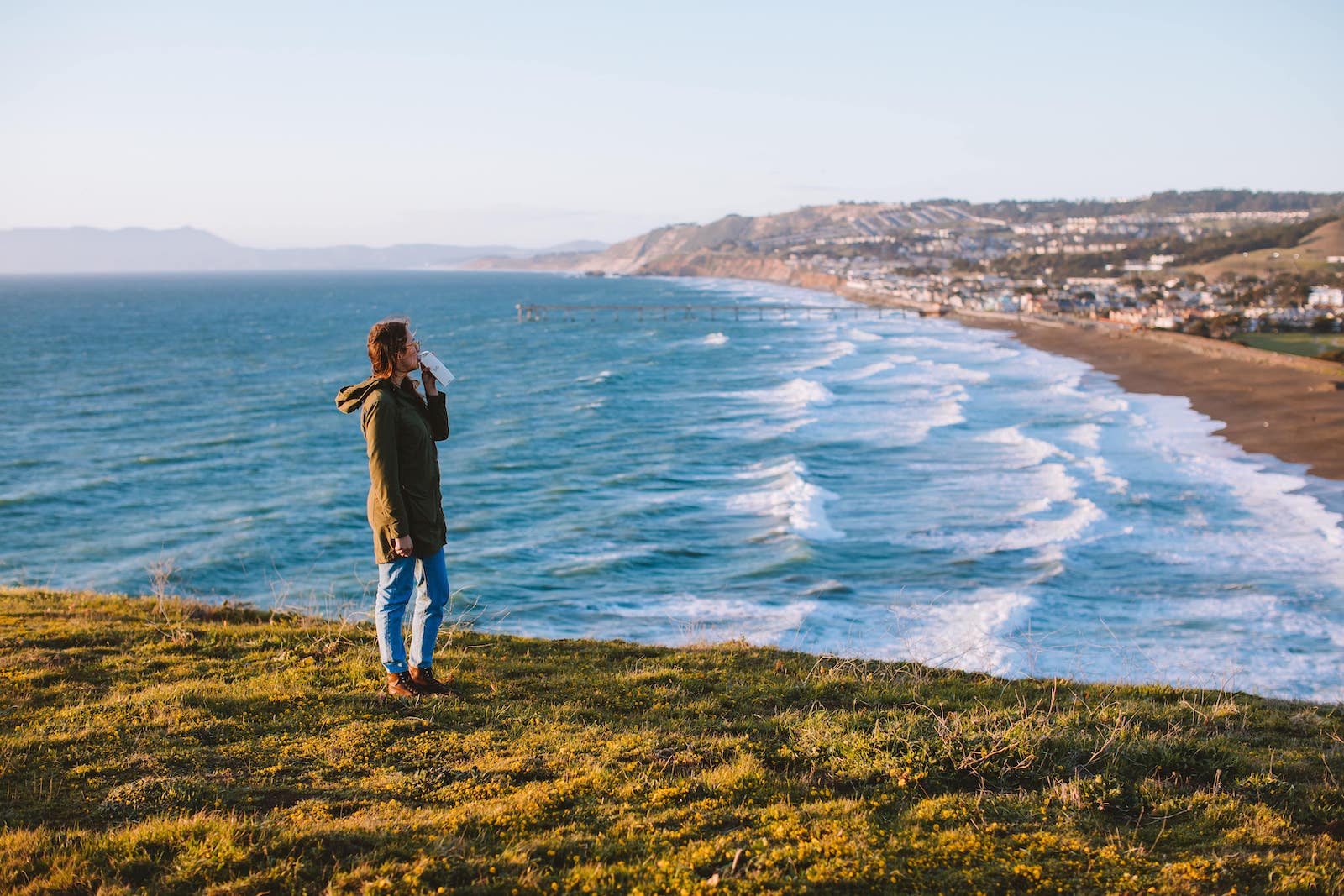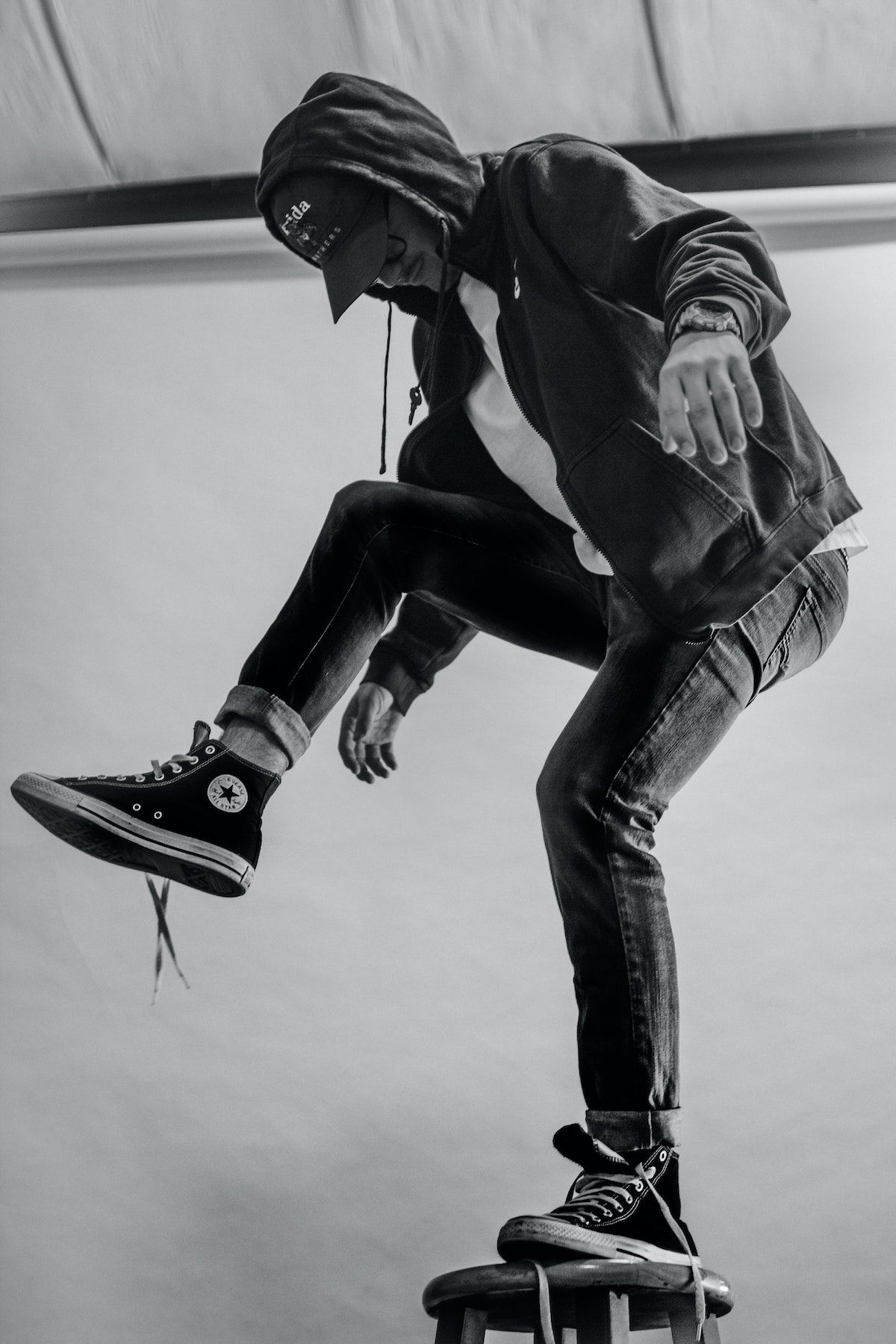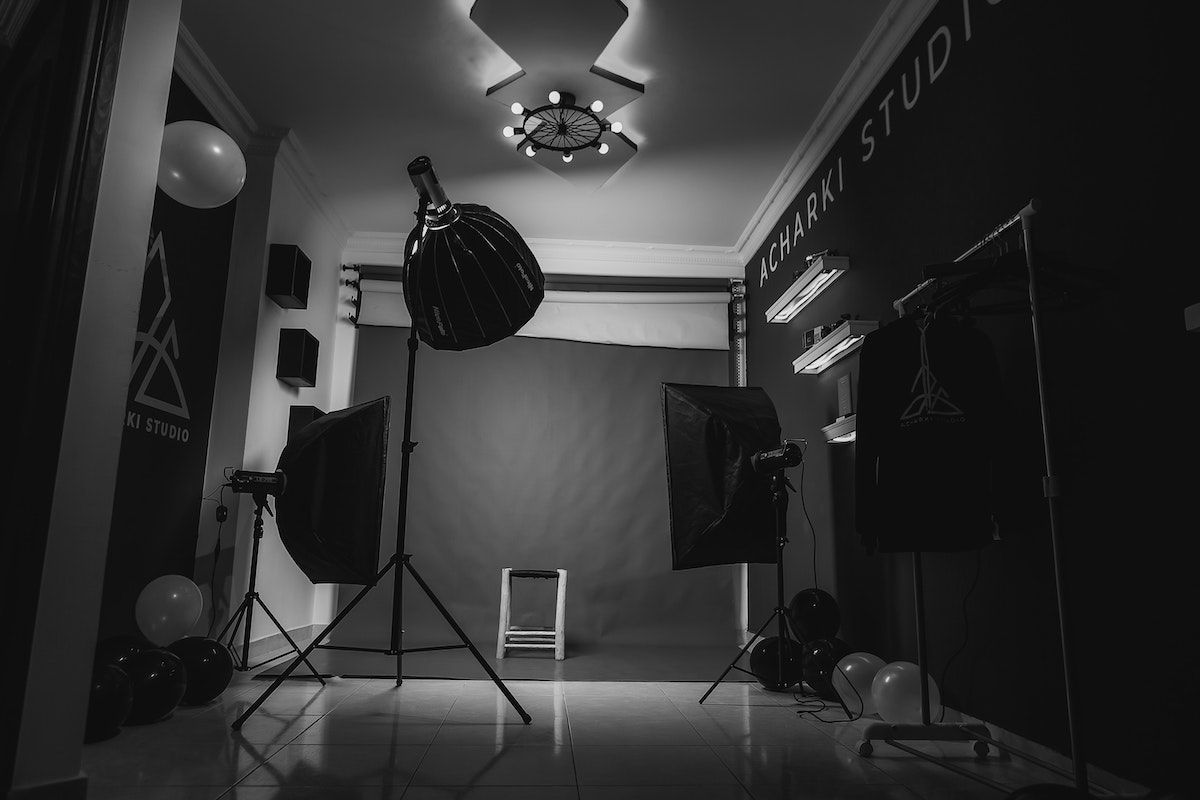Lifestyle Photography: 9 Tips for Authentic Lifestyle Shots
Rent film gear from local filmmakers.

Rent film gear from local filmmakers.
Before digital cameras, only photojournalists captured candid, ordinary scenes for news reportage. Ordinary people had their pictures taken while uncomfortably posing in their best Sunday clothes.
Sounds bleak, doesn’t it?
Lifestyle photography emerged with digital film, and now people can finally document their lives and stories for the generations to come.
Lifestyle Photography 101:
Tips by Dan Flinter
Thinking about getting into the world of lifestyle photography? If you’re a complete beginner or not you can find some great tips in Dan’s video above!
Trailer
DkI3Yi4xVO8
Intro
1
k-84KAzP05g
What is lifestyle photography?
55
Project prep
91
Process & changes
262
Location inspiration
327
Lighting
384
Camera settings
475
Camera gear
524
Editing
628
Skills needed
690
Inspiration
753
Current & future work
799
Tips & tricks
838
Ending
914
Meet Dan
gAArrWwwuLA
What you’ll learn
Help yourself with sketches to make your idea come alive.
Shoot during the golden hour for beautiful lighting.
Be prepared for everything and anything!
Use battery grip for longer shoots not to worry about the battery.
Always shoot manual to remain fully in control.
Use carousels on Instagram in creative ways to present your work.
Reflect light & achieve cinematic lighting by diffusing light on a negative field.
Are you an aspiring lifestyle photographer or hobbyist? Check out these 9 tips for lifestyle photography.
What is lifestyle photography?
Lifestyle photography is a genre concerned with capturing real people, events, and situations in candid and unique ways. It tells a story and documents moments as they unfold.
Lifestyle photographers often focus on family portraits. They aim to capture “slice of life” shots that feature subjects at their authentic best. However, this comes with its own set of challenges. Your subjects aren’t models; they’re ordinary people who might feel self-conscious in front of the camera.
Outstanding lifestyle photography is about making your subjects comfortable, directing them slightly to get charming shots, and constantly surveying the environment. If you want to improve your skills, read our nine tips below.
If you’re new to photography, learn all you need to know with photography 101.
9 tips for shooting lifestyle photography
You might snap a moving or captivating image at the right time.
How can you always get the best candid shots?
Check out the following valuable tips to improve your lifestyle photography.
1. Include the environment

We often think of portraits when we think about lifestyle photography, but the environment is just as important to give the whole story. Take a few shots of the setting you’re working with to provide context to your shoot.
These pictures will add depth to your storytelling and create more visually attractive images. Your viewers will appreciate getting the bigger picture, so don’t be shy with getting those wide angles!
2. Capture from multiple angles
Things can happen fast when you let your models roam free, so the temptation to shoot without blinking and not move a muscle will be strong. You must resist!
Keep moving and explore angles to find unique and powerful shots. Stray from unnatural high- or low-angles, though, since they can make your pictures feel biased or emotionally loaded.
Walk around and shoot from eye level to look for the best angles. Be aware of the background and the way light interacts with your scene.
3. Be ready to shoot and then keep shooting
Always have your camera ready because you never know when a magical moment might occur. Don’t wait until the adorable toddler beams at grandma! Have your finger hover over the shutter release when they first start interacting, and don’t be afraid to capture the moments before and after too.
By being constantly aware of the scene unfolding, you’ll develop a sixth sense of memorable moments. Practice and keep at it, and you’ll be a pro in no time.
4. Direct, but don’t pose

People, especially those inexperienced in front of the camera, might feel awkward or uncomfortable during a lifestyle photoshoot.
Direct but don’t pose your image’s subjects by prompting them to try out fun activities and giving them time to act naturally.
If they’re self-conscious, it will show in the pictures. Be friendly, empathetic, and direct, and your photos will be the better for it.
5. Embrace authenticity
Authenticity is at the core of lifestyle shots – so don’t cry over figurative (or literal) spilled milk. That loose sock on the floor or the grumpy and tired moments might make the most cherished memories – or they’ll help picture-perfect ones shine even brighter!
Let go of your OCD and embrace authenticity. Keep shooting now and review later, and you might just find some hidden gems you wouldn’t have thought to capture.
6. Bring the right equipment
The right equipment can make your job way easier.
A DSLR or mirrorless are excellent choices since they let you quickly swap lenses and offer the manual controls needed for adjusting exposure on the fly.
You’ll need versatile lenses for different shots, so bringing an 85mm telephoto for flattering portraits, a standard 50mm prime for an authentic look, and a zoom lens for everything else is a good start.
Develop your signature style and work with your preferences from there for optimal results.
7. Focus on natural lighting

You can’t achieve candid and authentic shots if you’re tweaking that LED light for the third time in ten minutes.
Focus on the natural and practical light available, and be mindful of your shooting position and camera angles. With experience, you’ll learn how to use the light to your advantage, but as a simple piece of advice: keep the sun in front of your models, especially if it’s beaming brightly.
Watch where shadows are cast and try to keep your subjects in the well-lit.
8. Pay attention to the details
Don’t get lost in the bigger picture. Don’t get me wrong, remember the rules of composition and other photography basics, but taking a few shots of minor but endearing details can give viewers a real feeling of connection.
Focusing on a couple’s hands as they talk while sitting side-by-side or a toddler’s wobbly steps can set the tone for a cherished story.
9. Give your subjects something to do
Don’t tell your subjects to “Act natural” and hide behind your camera. To help them get comfortable, suggest something simple, like playing a game, telling a joke, or cooking a meal together.
People will gradually relax as they focus on the activity. You’ll get more genuine emotion this way than by asking them to laugh.
By giving them simple tasks, you can also document their natural interactions, gaining better insight into their stories.
What’s next? Understand the details of photography

You’re ready to capture sincere, heartwarming moments! Have your camera ready, put your subject at ease and direct them for the perfect lifestyle photo.
Dive deeper into photography to hone your skills further.
About the instructor
Dan Flinter
Photographer & Videographer
Greater Bristol Area, United Kingdom
Dan is a Bristol-based photographer, and a graphic designer skilled in photography, graphics, logo design, and advertising with a focus on lifestyle, commercial, product, and travel photography.
FAQs
What is lifestyle photography?
Lifestyle photography is about capturing authentic, candid moments to beautifully document the everyday.
What are the 5 types of photography?
The 5 great types of photography are commercial, editorial, fine art, lifestyle, and portrait photography.
How do I become a lifestyle photographer?
Start by practicing with friends and family, and learn how to capture honest moments without having to stage them.























